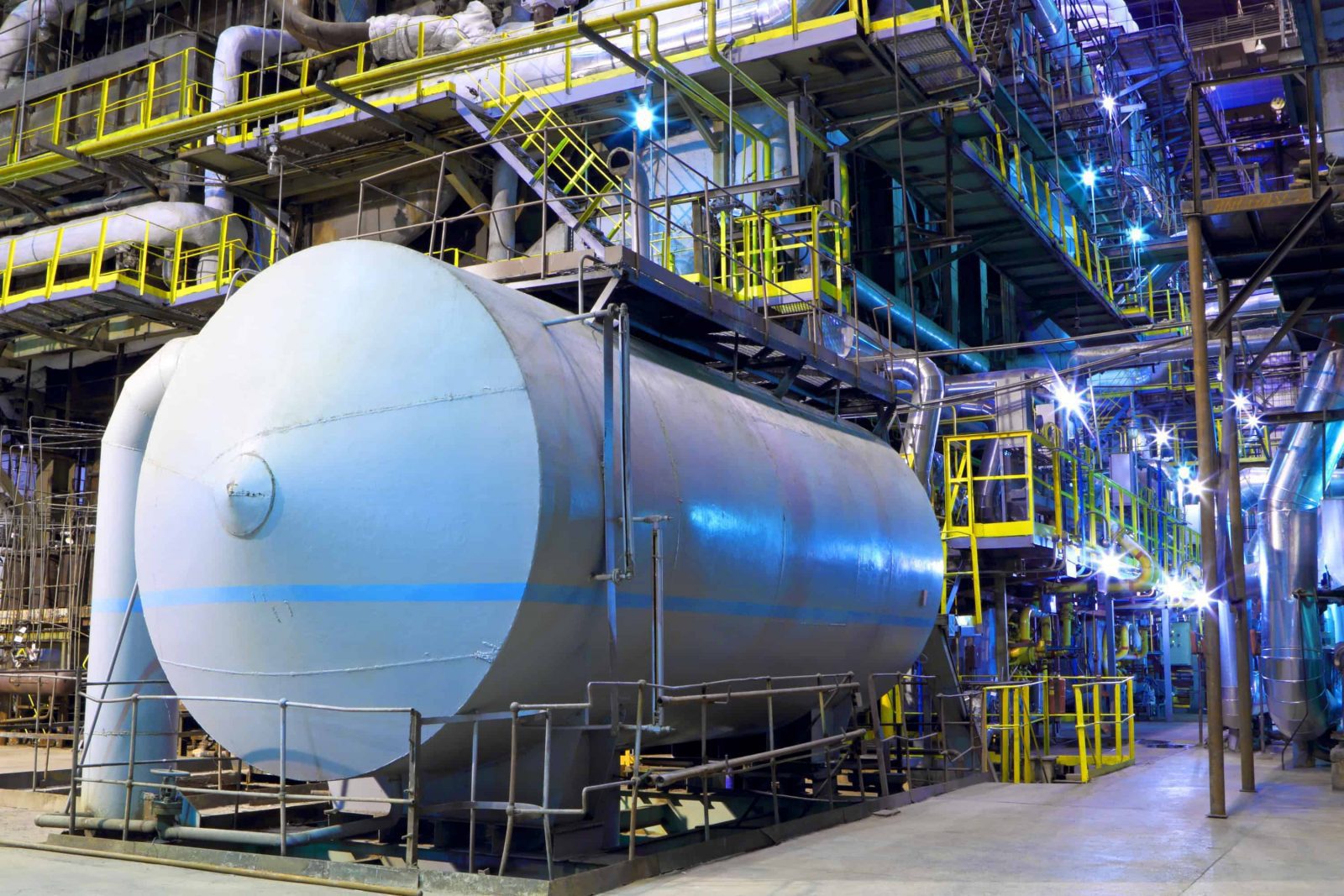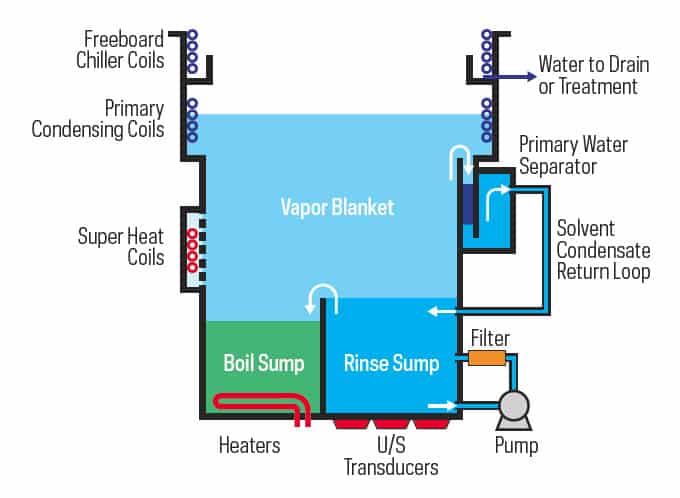No products in the cart.
Vertrel™ Cleaning Solvents; Preparing Surface for Krytox™ NRT Lubrication Rapid Dry Time, Fine Particulate Removal, Easily Recycled and Reclaimed Specialty cleaning solvents like Vertrel™ are widely used to thoroughly clean hazardous particulates and residue from critical oxygen service parts. These particles and residue in combination with excessive friction can lead to potential explosion or ignition, […]





